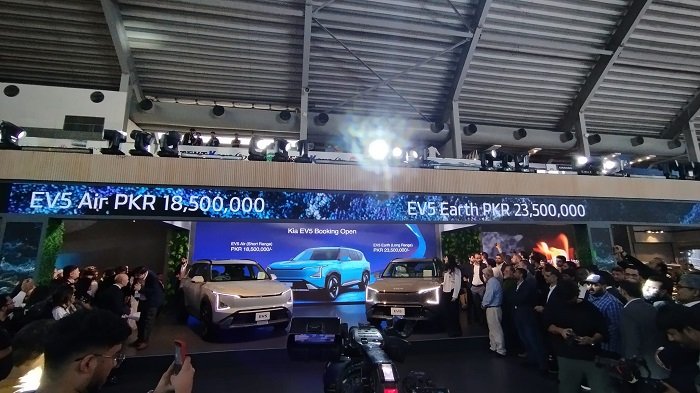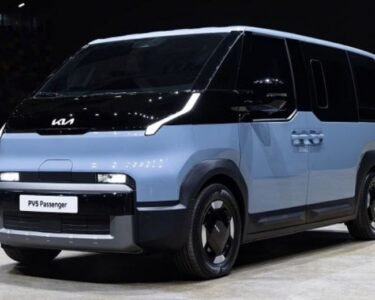Pakistan has launched its New Energy Vehicle (NEV) policy, setting a bold target to electrify 30% of all new vehicles—both imported and locally manufactured—by 2030. This ambitious plan aims to reduce pollution, lower dependence on fossil fuels, and pave the way for a sustainable future. However, it has also sparked discussions among industry stakeholders about its implications for the local automotive sector.
Key Features of the NEV Policy
1. Substantial Subsidies
The government has introduced Rs. 4 billion in subsidies to encourage the adoption of electric vehicles:
- Rs. 50,000 for electric motorcycles.
- Rs. 200,000 for electric three-wheelers.
These subsidies will be distributed through an auction system.
2. Reduced Financing Costs
To make EVs more affordable, the policy includes:
- A reduction in the policy rate from 22% to 15%.
- Financing at a 3% Karachi Interbank Offered Rate (KIBOR), with the government covering the financial cost.
This allows consumers to pay monthly installments as low as Rs. 9,000 over two years, saving more than they would typically spend on fuel.
3. Infrastructure Development
The government plans to:
- Establish a New Energy Fund to support EV initiatives.
- Launch a New Energy Vehicle Centre to facilitate research and development, as well as infrastructure for EV charging.
4. Global Partnerships
International companies are investing in Pakistan’s EV sector:
- BYD Group (China): Acquired a manufacturing license in Pakistan.
- Dewan Motors: Preparing to launch electric vehicles under a completely knocked down (CKD) license.
5. Environmental Impact
The policy is expected to:
- Reduce greenhouse gas emissions.
- Mitigate air pollution.
- Lessen Pakistan’s dependence on imported petroleum products.
Concerns from the Local Auto Industry
The Pakistan Automotive Manufacturers Association (PAMA) has raised several concerns about the NEV policy:
Impact on Local Manufacturing
- PAMA fears that increased imports of completely built units (CBUs) at reduced duties could harm local manufacturing.
- The association advocates requiring CBU importers to maintain a minimum level of local manufacturing facilities to ensure after-sales support and prevent an influx of subpar vehicles.
Policy Consistency
- PAMA recommends continuing the current policy for Hybrid Electric Vehicles (HEVs) and Plug-in Hybrid Vehicles (PHEVs) until 2030.
- It suggests extending any further incentives for PHEVs to include HEVs as well.
Duty Structure and Incentives
- PAMA proposes aligning NEV duties and incentives with those for other vehicles by the third year of implementation.
- The association also recommends phasing out NEV incentives by 2030 and including renewable energy vehicles, such as biogas-powered cars, in the policy.
Balancing Sustainability and Economic Interests
The NEV policy is a progressive step toward a cleaner and greener future, promising environmental and economic benefits. However, addressing concerns from key stakeholders, particularly local manufacturers, is crucial for a smooth and equitable transition.
The government must find a balance between promoting sustainable transportation and protecting the economic interests of the local auto industry to ensure the success of this transformative initiative.
Our Verdict
The NEV policy marks a milestone in Pakistan’s journey toward sustainability, signaling a commitment to a cleaner, greener future. With careful adjustments and collaboration among stakeholders, this initiative could revolutionize the country’s transportation sector while fostering environmental and economic growth.






